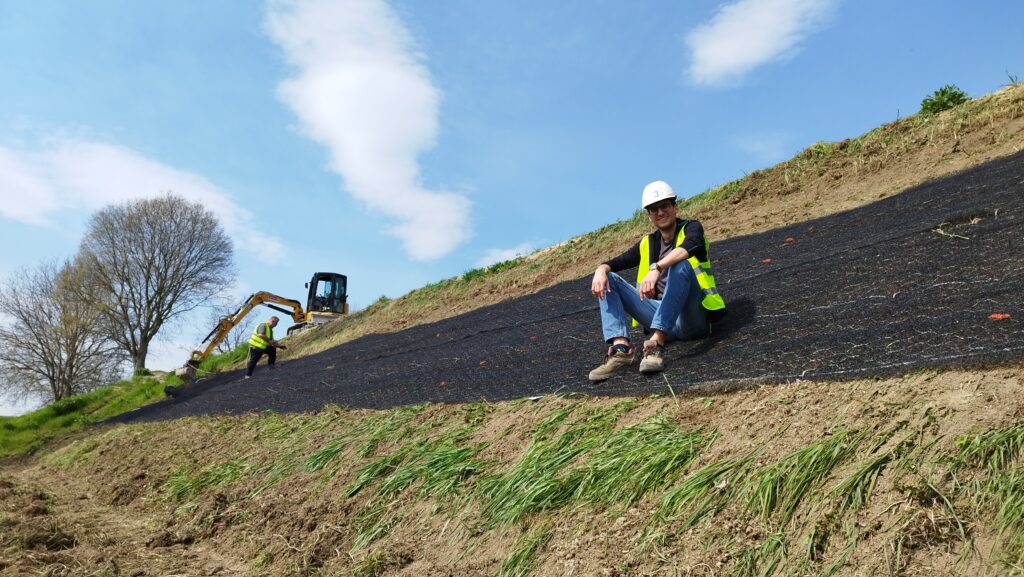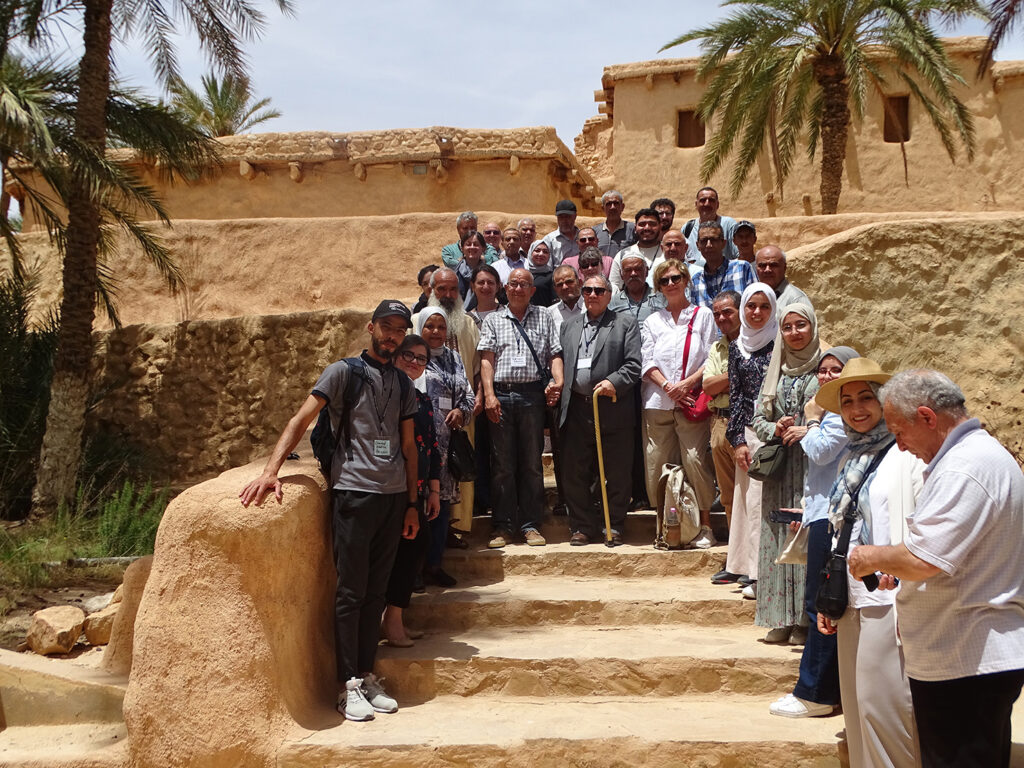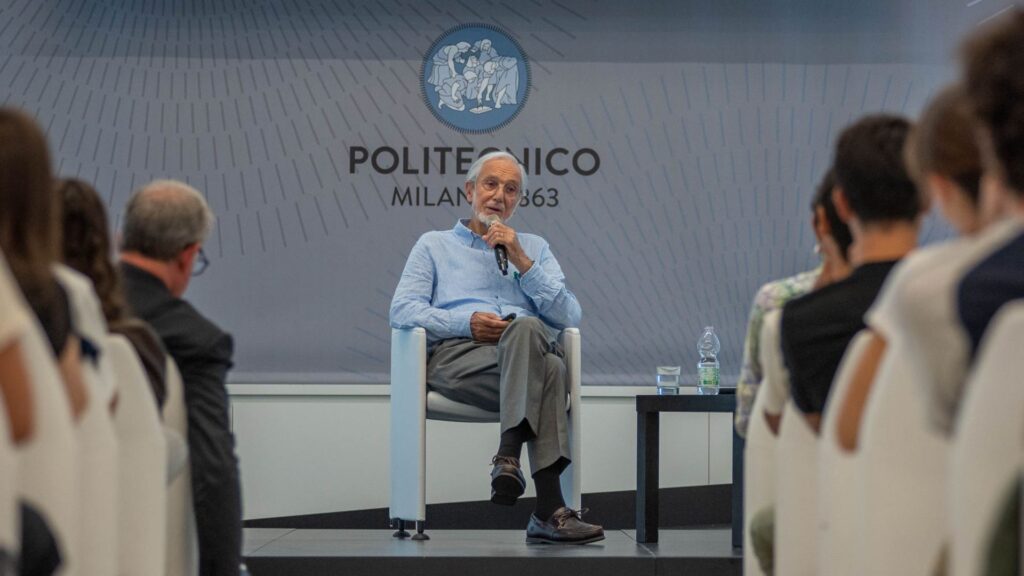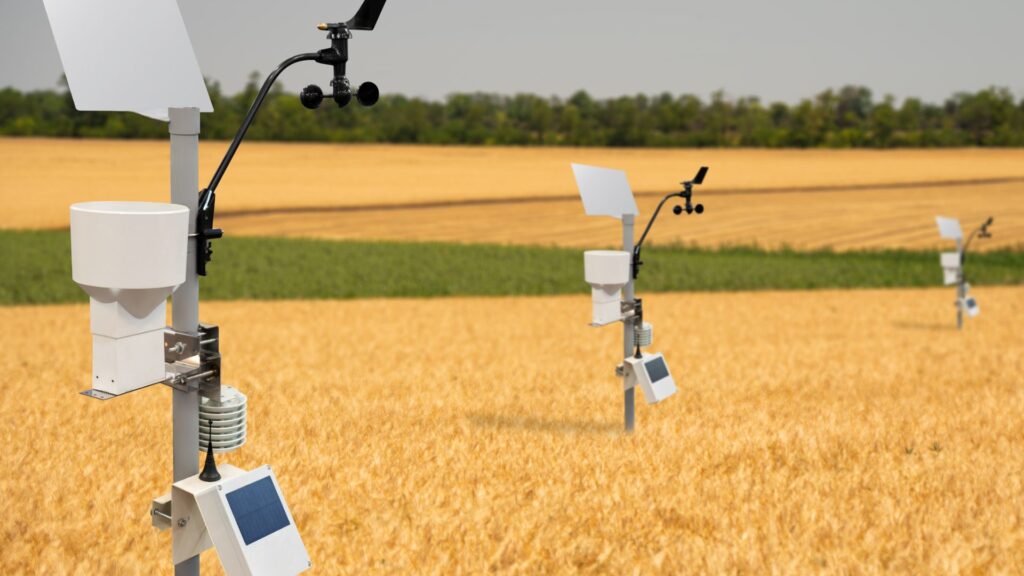
‘Scientists in their laboratory are not only technicians, but also children in front of Nature’s phenomena that fascinate them just as a fairy tale does’.
It is intriguing to think that the spirit with which scientists approach the world is basically the same as the one children have when they get to know it for the first time: they want to know everything, to get to the centre of things, to be amazed again and again, day after day, at the infinite things that exist.
But the human being’s relationship with nature is not always as innocent as the one drawn by Maria Skłodowska Curie in this reflection of hers. The history of science and technology is also a history of the modification of the world, of revenge on nature, of domination, of the continuous race towards ‘progress’. With the increasing awareness of the impact of human activities on our planet, the dialectic between proponents of benign and malignant nature never seems to have died down; if anything, it has gained back its vigour.
This issue of Frontiere delves into the fluid relationship we have with the environment: sometimes we are immersed in it, sometimes we want to overpower it, sometimes we are crushed by it. But we are certainly part of it.
We start from the memory of a terrible fact occurred 60 years ago, the Vajont disaster, to open a window on new developments in technology, which help us to ensure that it is increasingly difficult for certain events to happen again.
And since the inspiration drawn from the masters is always essential to look to the future thanks to the teachings from the past, we will take you back for a moment to a lecture hall at Politecnico to attend the lesson of an exceptional professor, Renzo Piano.
We greet you by reminding you that a new season of #ilPOLIMIrisponde has begun, where our professors and researchers clarify the most inquisitive questions you send us. Today you will discover with us what energy communities are.

Water, tradition and technology to save the Aurès valley
The Aurès region around Biskra, not far from the Algerian Sahara, is facing difficult challenges linked to climate change and beyond: desertification, lower agricultural productivity, the crumbling of the rural community fabric, depopulation in the ancient nuclei of traditional settlements and the loss of the knowledge that has made the area habitable and productive for millennia.
The AMAZING project, financed with funds from the 2022 edition of the Polisocial Award (‘Local Development and Ecological Transition’), aims to contribute to making the Uadi Abiod valley, today among the driest in Aurès, the centre of an active network of knowledge production capable of combining technology and traditional sciences in dealing with climatic, natural and social challenges.
Coordinating the research is Giovanni Porta, who tells us about the project by accompanying us to these faraway places.
60 years since the Vajont disaster: what have we learnt?
In the 1950s, the waters of the Vajont stream were dammed by a 262 metre high dam. On 9 October 1963, a landslide detached from Mount Toc and fell into the reservoir. The resulting wave destroyed entire villages and killed almost 2,000 people, making this event one of the worst hydrogeological disasters in modern Italian history.
What have we learnt from this tragic collective experience? We talked about this with Massimiliano Cremonesi, who works in the field of Advanced Computational Mechanics. He explained how digital modelling is a fundamental tool for the prevention and safety of human works, particularly those subject to natural hazards of flooding, earthquakes, landslides and hydrogeological events such, as well as how, in times like these, it represents an important contribution to spatial planning, risk management and public policy formulation.

Renzo Piano’s welcome to Architecture first-year students
On 21 September, architect Renzo Piano wanted to welcome the first-year students of the architecture courses of the Politecnico di Milano with a lesson entitled “Fare architettura” (Making architecture). Because he had sat on those benches too. And he decided to show new students the arrival point of their journey. At Trifoglio, in a classroom packed with students, our alumnus recalled some fundamental stages of his career, articulating the path around a recommendation and three suggestions addressed to his young audience.
We tell about this special day even to those who were not there, with exclusive photos and the most powerful passages of its presentation, which will surely be a source of inspiration for the architects of tomorrow, but also for all of us.
How to monitor water and embankments with fibre optics
When we think of fibre optics, what is the first application that comes to mind? Obviously the internet connection, which has overwhelmingly entered our homes. But this technology, which has become increasingly affordable over the years thanks to lower costs, is also the basis of important experiments involving water and hydrogeological risk.
Our researcher Manuel Bertulessi is an expert in this. Ever since his degree thesis, he has been studying how an embankment or a pipe can be ‘sensed’ in order to record its criticality thanks to fibre optics. Hydrogeological risk has always been a topic of interest for him, so much so that he has taken it to the environmental and territorial engineering classes. In this interview he tells us about his ‘passion for risk’.

Welcome to Agriculture 4.0
When we talk about agriculture, our imagination may still be tied to bucolic images of life in the fields, manual labour, remote farms. But although a certain Macchiaioli painting imagery is certainly suggestive, we must realise that today’s agriculture is anything but backward. We are in the era of Agriculture 4.0, which was the result of the combination of precision farming with the latest technologies, such as the Internet of Things, artificial intelligence, sensors etc.
To reveal the secrets of this world, we met with Filippo Renga and Matteo Matteucci. Together, they hold the Data Analytics for Smart Agriculture course of the PoliMI Ambassador in Green Technologies programme, which deals with the application of Artificial Intelligence techniques to data analysis in the agronomic field and aims at exploiting the world of data also from an economic and strategic point of view.
